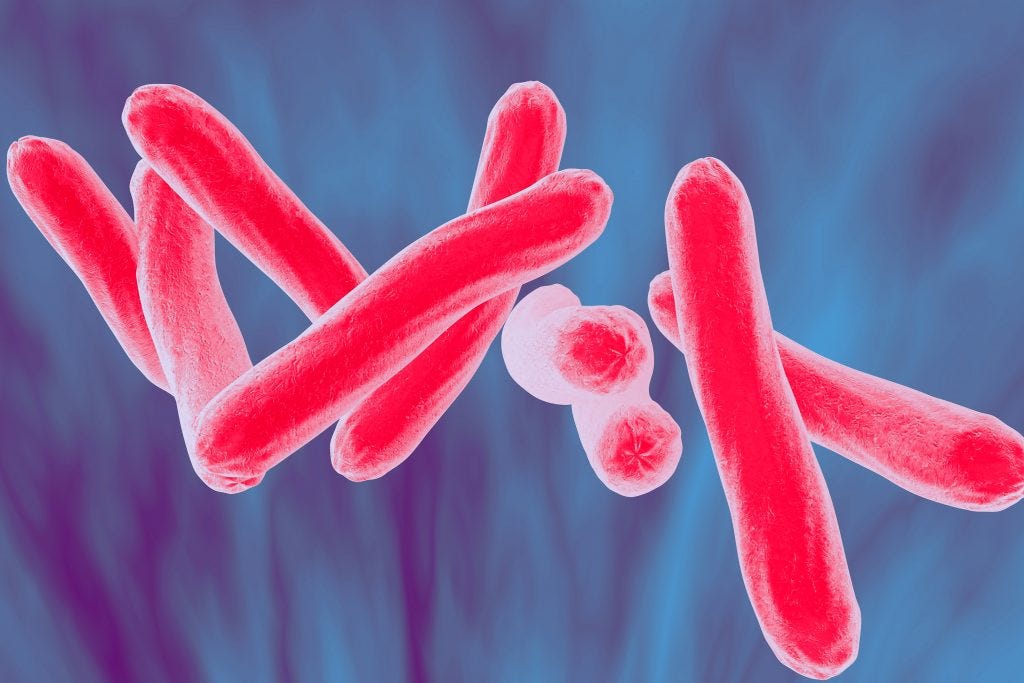Tuberculosis
Written by Darshana Srivatsan
Mycobacterium tuberculosis is the infectious bacterium that causes tuberculosis (TB). Although it can spread to other parts of the body, its primary effect is on the lungs. If left untreated, tuberculosis (TB) can lead to severe health issues.
Key details regarding TB are as follows:
Symptoms and Mode of Transmission:
When an affected individual coughs or sneezes, airborne droplets of TB are released into the air. It may result in symptoms like weight loss, chest pain, and a chronic cough. The TB bacteria do not produce symptoms when they are in their latent state because they are not active in the body, but they may later become active.
Diagnose and Therapy:
A combination of blood tests, sputum testing, chest X-rays, and skin tests (such the tuberculin skin test) is frequently used in the diagnosis process.
References
World Health Organization (WHO): Provides comprehensive information on TB, including its epidemiology, transmission, prevention, and treatment strategies. You can access their resources on TB here: WHO Tuberculosis Fact Sheet.
Centers for Disease Control and Prevention (CDC): Offers detailed information on TB, including symptoms, diagnosis, and treatment options. For more in-depth information, visit: CDC Tuberculosis.
Written by Darshana Srivatsan from MEDILOQUY


